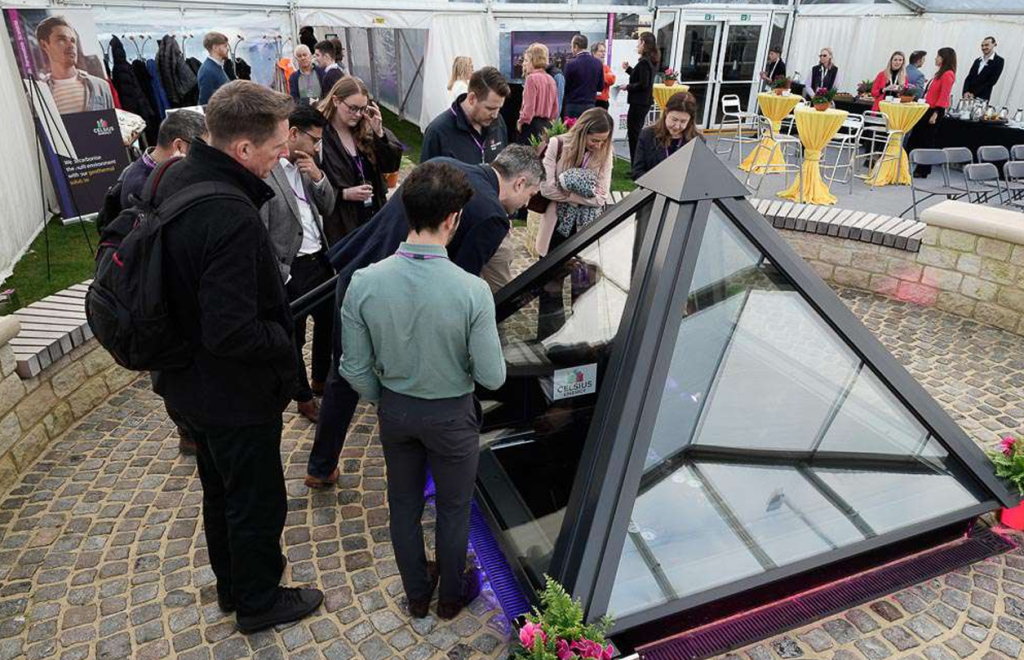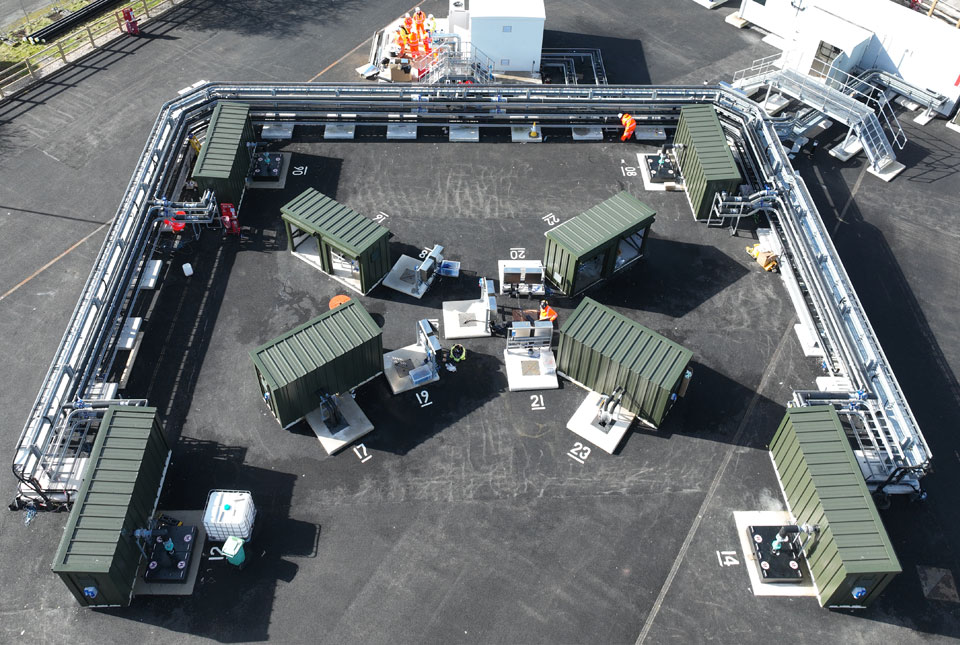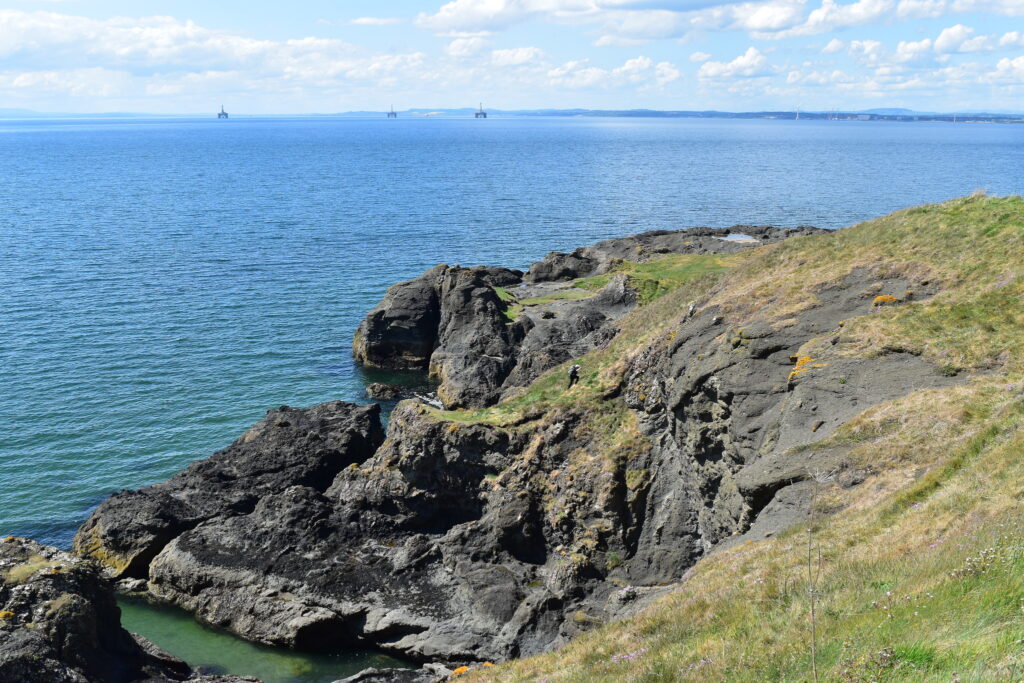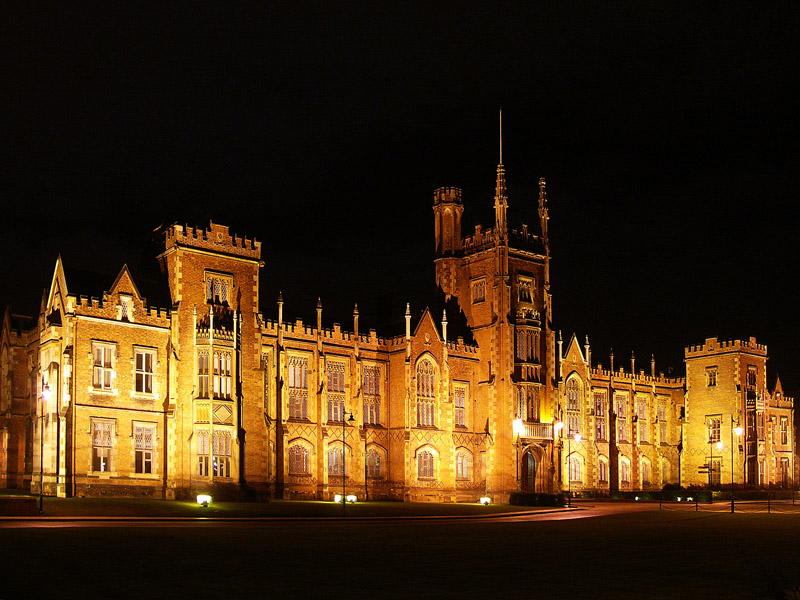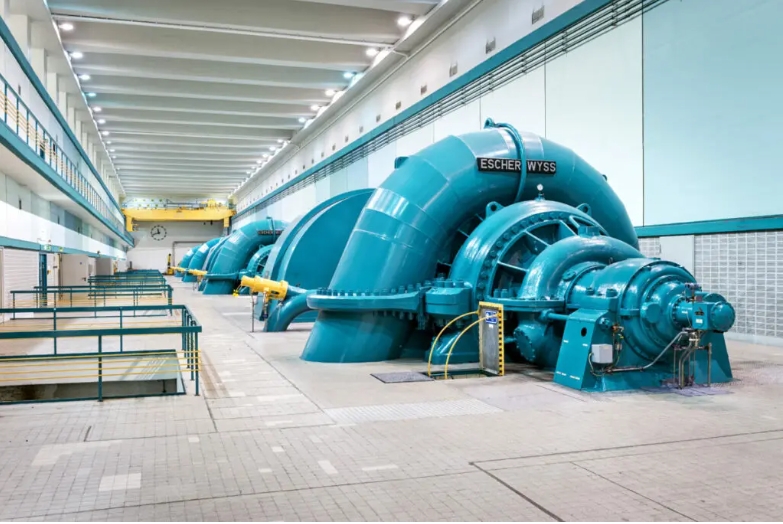
Norwegian power company Statkraft has agreed to acquire a 450MW pumped storage hydro project being developed near Loch Ness in Scotland.
Confirmed on Friday (15 December), Statkraft will secure the Red John Pumped Storage Hydro Scheme from Intelligent Land Investments Group (ILI), a clean energy development company based in Hamilton, Scotland.
Red John, which is being developed approximately 14km south-west of Inverness, a city located in the Scottish Highlands, was first conceived in 2015 and granted consent by the Scottish government in June 2021.
Pumped storage hydro could well be an important technology in achieving net zero, as it can be used to complement intermittent energy generation by releasing power when there is a spike in demand. This is done by using reversible turbines to pump water from a lower reservoir to an upper reservoir, which stores excess power from sources such as wind farms when supply outstrips demand.
These same turbines are then reversed to bring the stored water back through the plant to generate power when the country needs it.
The proposed plans for the Red John project are visible below.

Image: Red John Storage Hydro (ILI Pump Storage PLC).
Statkraft UK managing director calls for “appropriate support mechanism” for pumped storage hydro
Kevin O’Donovan, UK managing director of Statkraft, expressed his delight in securing the “significant pumped hydro storage scheme,” believing that it will play a “key role” in strengthening the UK’s energy security and net zero transition.
Despite the positives, O’Donovan urged the UK government to develop an appropriate support mechanism to support pumped storage hydro, something that Scottish ministers have also done in recent months.
“There needs to be an appropriate support mechanism in place, so we’re now looking to the UK government to provide the certainty that will allow us to proceed with confidence,” O’Donovan said.
Indeed, a lack of an existing government framework to support long-duration electricity storage and flexibility technologies means private investment cannot be secured for new pumped storage hydro projects. This has resulted in no new plants having been built since the Dinorwig project in north Wales in 1984.
It is worth noting that this has not deterred developments in the pumped storage hydro space. Just ten miles southwest of Loch Ness is Loch Lochy which is home to “Britain’s largest conventional hydro power plant,” SSE Renewables claims, in the form of its 152.5MW Sloy hydroelectric power station.
This power station is currently subject to redevelopment plans, which could see it converted to pumped hydro storage. This would make the project capable of delivering up to 25GWh of long-duration electricity storage capacity, meaning it could provide flexible renewable energy for up to 160 continuous hours.
Similarly to O’Donovan, in May 2023, Finlay McCutcheon, director of onshore Europe at SSE Renewables, called on the UK government to “urgently confirms its intention on exactly how they will help facilitate the deployment of pumped hydro storage projects as part of our future energy mix”.

